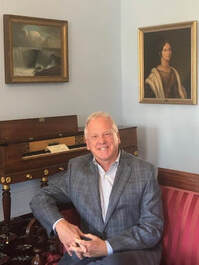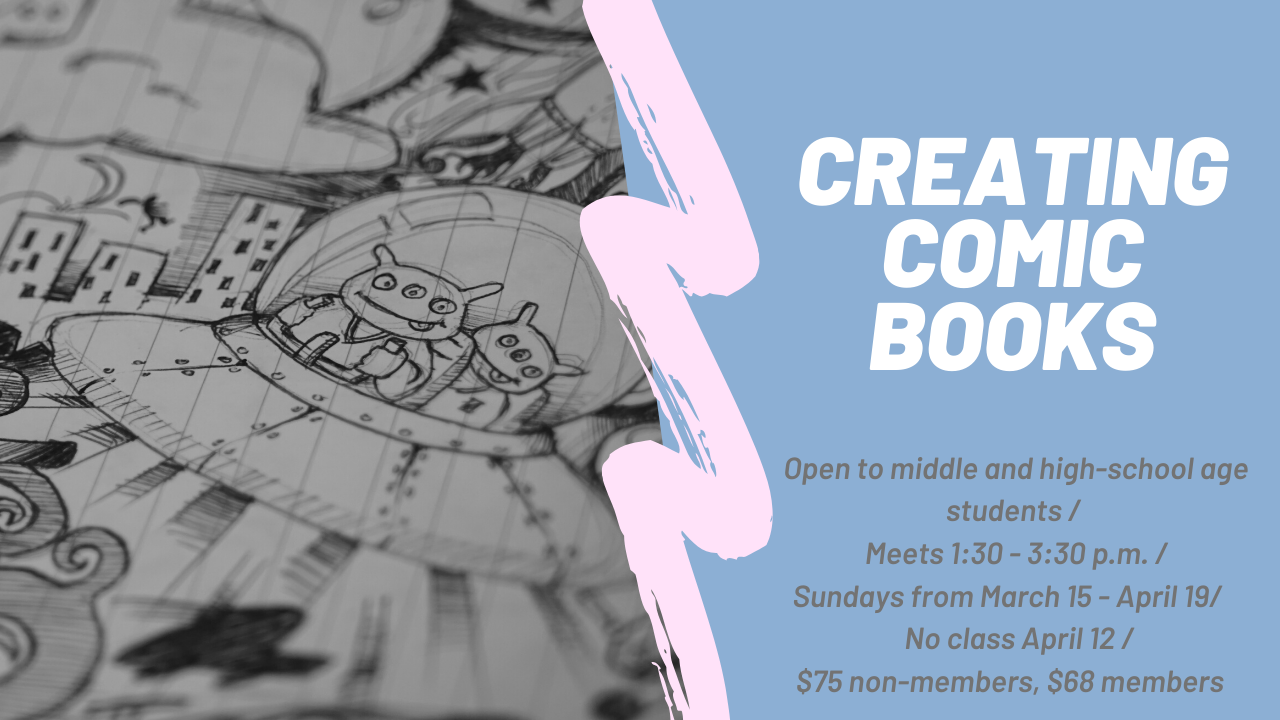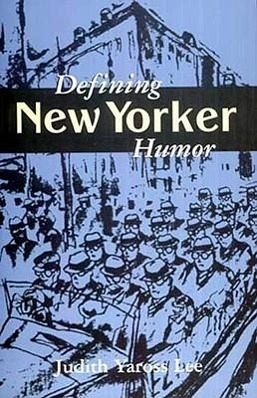
As we shift into slightly warmer weather and slightly more daylight, it’s a great time to visit the Decorative Arts Center of Ohio! Our current exhibition, Tell Me a Story Where the Bad Girl Wins: The Life and Art of Barbara Shermund continues to engage visitors who are spending more and more time in the galleries.
We were pleased to welcome more than 30 participants to Nate Beeler’s Chalk Talk program recently. Mark your calendar for Dr. Judith Yaross Lee’s discussion of the The Humor of the New Yorker Magazine on March 29, and for a visit from Barbara’s Shermund’s niece, Amanda Gormley, as she helps us Discover Barbara Shermund on April 19. You, too, can learn to illustrate at the Creating Comic Books classes or at the One-Panel Cartooning class. Register today while spots still remain.
We’ve got great programming, on-going and new classes and camps set for our next exhibit, 2 + 3 x 18: Diptychs and Triptychs by 18 Contemporary Ohio Artists, running May 16 to August 16.
We’re very grateful for the generosity of the Fox Foundation for sponsoring our current exhibition, and we’re grateful for our members who support our daily operations. Join DACO here, by phone or in-person, and enjoy member benefits immediately.
We’re always welcoming new volunteers to greet, work in the Museum Shop, or to docent. And we’re looking for some community family support to sponsor the Russian Decorative Arts from the Czars to the USSR exhibition in the fall; let us know if you’d like to participate!
Stay up-to-date daily by following us on Facebook, Instagram and Twitter.
Artfully yours,
David Hogrefe
Executive Director




 RSS Feed
RSS Feed